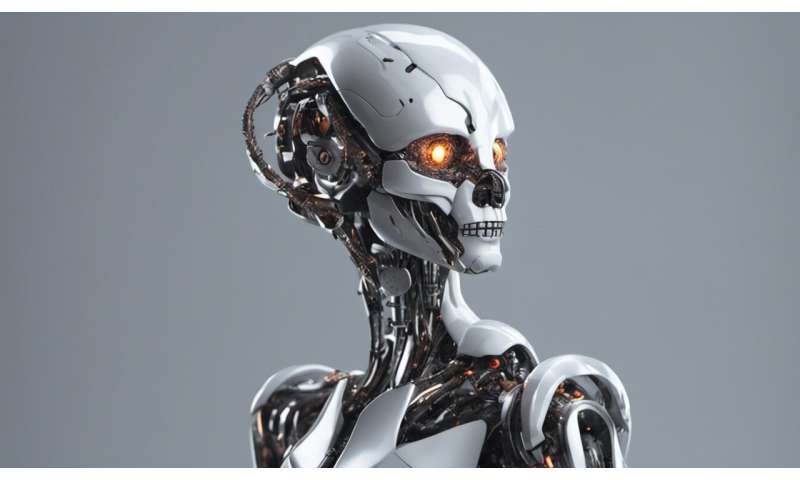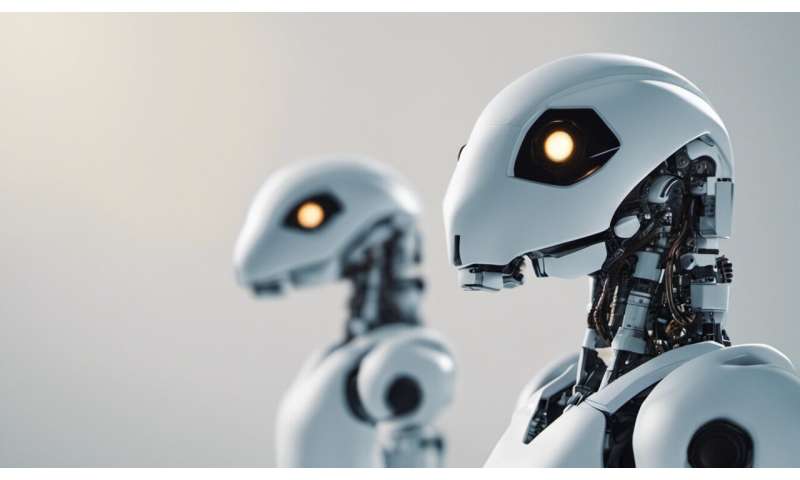Robopets: Using technology to monitor older adults raises privacy concerns
Social isolation and loneliness are concerns for many older adults, and can be triggered by the need to transition to a condo, rental accommodation, long-term care facility or retirement home.
Sometimes, the only thing standing between an older adult and loneliness may be a beloved pet. This reciprocal relationship of affection and attention between human and non-human animal translates into physical and mental health benefits. However, in many cases, pets can't move with their older adults since very few jurisdictions guarantee the right to bring an animal into a rental unit or condominium.
My research asks: what are the factors that impact well-being in older age? I explore the impacts of technology on privacy, autonomy and well-being, as well as the effects of the human-animal bond on health and well-being. I am also interested in whether social robots, including robopets, can produce the same effects.
In-home surveillance
Whether moving to a long-term care facility or a smaller home, many older adults find themselves subjected to increasing surveillance. Well-meaning family and caregivers install cameras, sensors and other devices to monitor independent older adults.
Social robots are new tools in the care of older adults. Some provide health-related services such as medication reminders, but most try to make up for the absence of human and animal companionship. These robots have artificial intelligence (AI) that is designed to interact with and provide comfort to the user.
For example, ElliQ is a small table-mounted device that interacts with a screen to enable "family members to easily check in." It also interacts with the user, suggesting activities, responding to their voice or touch or look. ElliQ is always on, collecting data on the user that is transmitted to the manufacturer.
Jennie is a robot dog controlled by voice commands and through a smartphone app. Robot pets, like other social robots, are designed to respond to the user's emotions and, to do so, it engages in constant surveillance.
The responsiveness of social robots and robot pets relies on sensors to detect emotional responses, record emotions and forward this information to be analyzed by algorithms that inform the robot's response. The results of the data analysis prompt the robot to smile or purr or snuggle. In the case where a health response is required, some robots can inform the caregiver of elevated blood pressure.

Collecting personal data
Every step of this data process involves personal and sensitive information about an individual. For example, user identification data might be leaked at the sensing layer or in the cloud where the data is analyzed to determine the right response. User profiles contain not only identifying information such as name and address, but also data gathered on user moods, behaviors and habits.
Between the potential for data exploitation and "the ubiquitous use of cameras and voice monitoring equipment in a home environment, there are privacy concerns that can affect human mental health."
Older adults are not always aware of the extent of the monitoring, which can lead to feelings of shame and humiliation if, for example, a person is caught on camera singing, dancing, engaging in sexual acts or crying. It is not that older adults don't realize that there is monitoring equipment, it is the 24/7 always-on aspect that may be unfamiliar to them. While enabling older adults to live with less human or animal contact, these monitoring systems and robots can increase their exposure and vulnerability.
Peer networks
The increasing number of surveillance-based options for providing care and companionship to older adults also ignores the reality that there are often other older adults who want to contribute meaningfully to their community. Using technology to build opportunities for human-to-human or human-to-animal interactions is one way to increase well-being without sacrificing privacy. For example, during virus season, technology could be used to develop something as simple as a telephone tree so that people can check in and connect in times of social distancing.
For older adults who are comfortable with technology, there are programs like Tech Buddies, which offers basic tech tutorials, including lessons on iPads, tablets, computers, laptops, smartphones and overall features of social media. And of course, the internet can be used to find services available to assist seniors with tasks around the house, to find nursing care or even friendly visitors.
Other internet-based programs have been developed to support older adults to "age in place" with their companion animals. For example, Pet Assist, in Calgary, Alta., will help older adults manage pet-related tasks at home.
After all, patting a robot dog is not the same as cuddling with a beloved pet. And a real dog will never tell anyone that you danced around the house in your underwear.

No comments:
Post a Comment